By Julia Steenberg, MGWA Foundation
The MGWA Foundation has the pleasure of announcing five 2020 Gil Gabanski Scholarship recipients: Andrew Vierbicher (undergraduate), Anna Klein (undergraduate), Philip Margarit (graduate), June Sayers (graduate), and Brad Evrates (graduate).
These notable students each receive a year-long student membership to MGWA and $1,500 to help them with educational costs – with the goal of increasing their interest in the professions of hydrogeology, groundwater, geology and related programs.
Undergraduate: Andrew Vierbicher, University of Minnesota
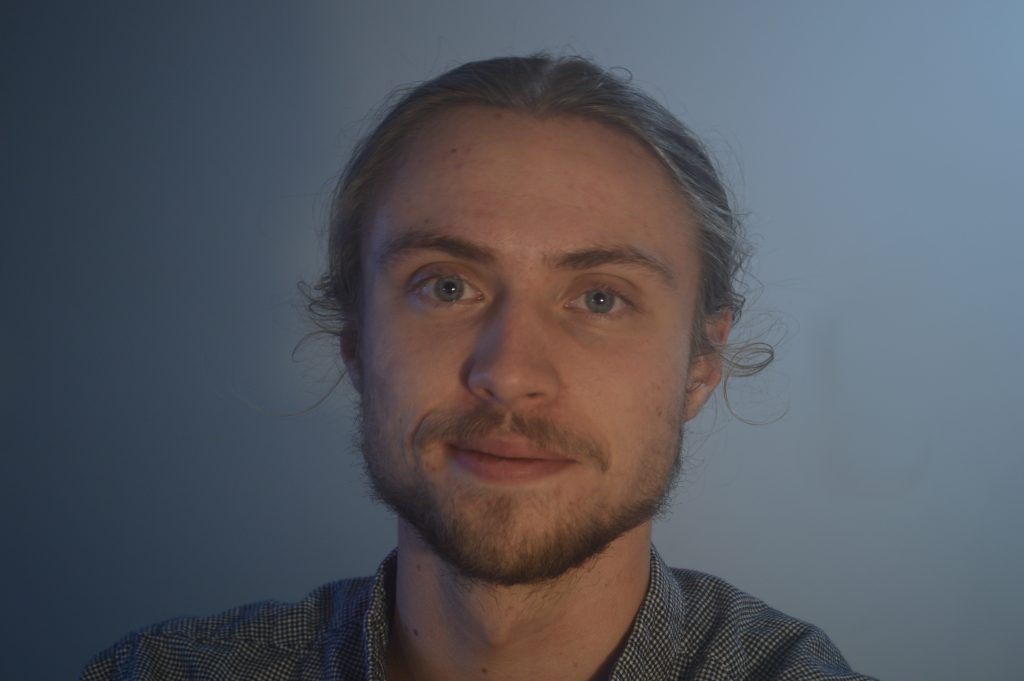
Over the past year, I have been implementing the hydrologic model Flux-PIHM for a glacierized watershed on a Volcán Cayambe in Ecuador. My work was part of a larger project working to understand the hydrology of tropical glacierized watersheds and what changes may occur from glacial retreat in the coming decades. Historically, tropical glaciers have been poorly studied, but they are projected to experience the most warming in the future. Cities around Cayambe depend on the streams whose discharge is stabilized by glacial melt, but glacial retreat may threaten this stability. To understand what may happen in the future, we are using the hydrologic model Flux-PIHM. Flux-PIHM simulates runoff, infiltration, groundwater flow, evapotranspiration, and streamflow using weather data, hydrogeologic properties, and land coverage properties. Given the abundance of data requirements and the sparsity of data we currently have, my role in the project was to set up the model domain for later researchers to do with data collected during field campaigns. In my work, I have produced a mesh to represent the topography, stream channels, and land coverage types of the watershed, which is an integral step in the process and requires significant time and effort. When running the model using my mesh and other input data from a previously studied watershed, the mesh produces physically realistic stream discharge data at the watershed outlet, which indicates that the mesh is suitable for the watershed. From this point, a field campaign during the summer of 2022 will collect data from sensors placed within the watershed to calibrate the watershed model and be able to predict stream discharge under various scenarios.
Undergraduate: Anna Klein, Carleton College
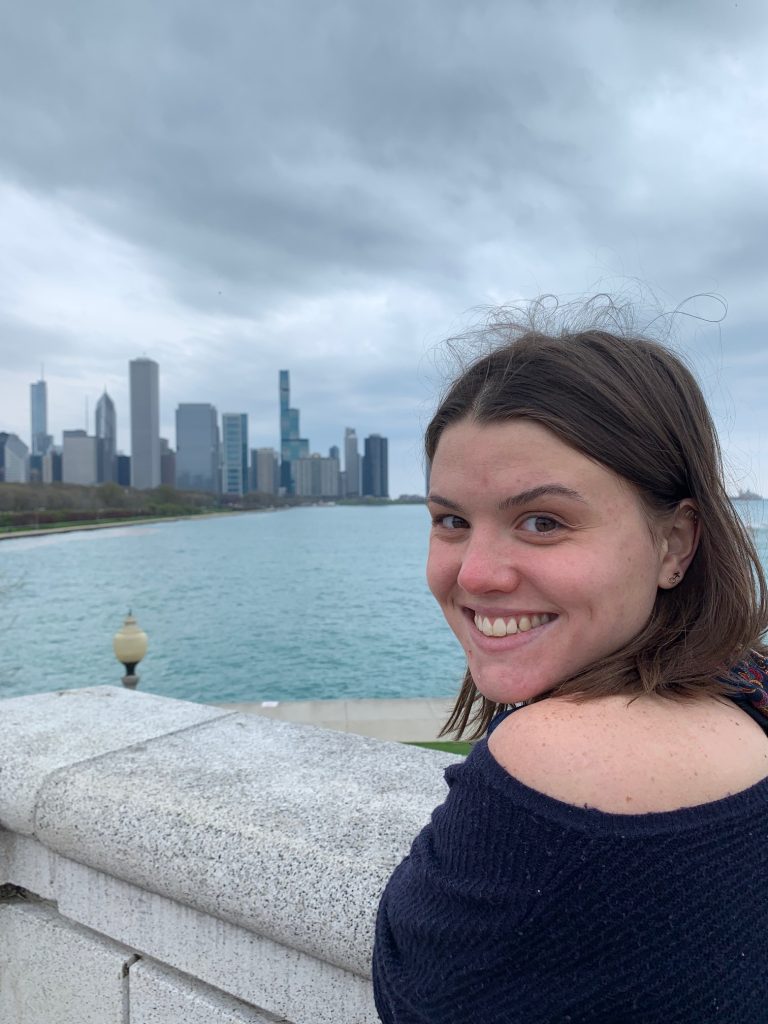
I am in my third year of my undergraduate degree at Carleton College with a major in Geology and a specific interest in hydrogeology. I am currently taking a hydrogeology class that is validating my suspicions that this is the field I would like to work in. Learning about springs fills me with wonder, models of groundwater flow with curiosity, and complex water rights laws with frustration and gusto. While my career goals are nascent, I am confident in the connection I have to water and hydrology and want to take steps in my final year at Carleton as well as post-graduation to make my way into the field. This includes conducting my senior research on and pursuing a graduate degree in hydrogeology.
I have decided to participate in the Sustainable Land and Water Research REU at the University of Minnesota and am using the money to help make that possible. I will be designing a project and doing research with peers on fractured aquifers and mineral dissolution in karst systems under the supervision of Dr. Peter Kang. In the fall, I hope to use the research I do through this program to fulfill my senior thesis requirements.
Graduate: Philip Margarit, University of Minnesota
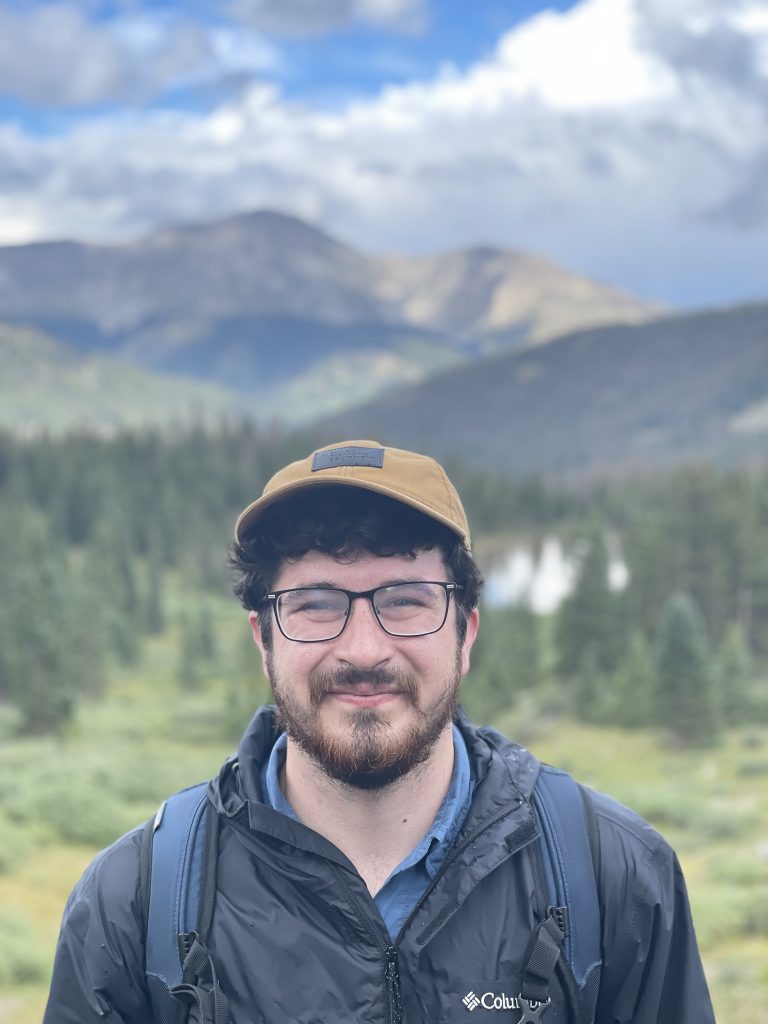
I am currently in the second year of my Ph.D. in the Water Resources Science program at the University of Minnesota, Twin Cities. I have been working under Dr. John Nieber on the Southeast Minnesota Nitrate Lag Time Project studying the age distributions of the groundwater system in southeastern Minnesota. Through this project, I have been blessed with the opportunity to learn how to model complex karst groundwater systems with MODFLOW, use MODPATH to conduct particle tracking analysis, and soon, learn how to model solute transport using MT3DMS. Another project in which I will gain further modeling experience is with the Anishinaabe Agricultural Institute. In this project, I will be developing modeling tools for them to use to better understand the threats of agricultural activities in their region on the rivers, lakes, and wetlands where they grow wild rice. This will help me gain not only more knowledge in groundwater modeling and study design, but also in how to work with marginalized populations and NGO’s. This is a major interest of mine in connection with hydrogeology as environmental justice and resource equity becomes more important with changing climate and increasing population further straining our resources. Gaining more experience with not only transdisciplinary academic-NGO collaborations but also how to take your hydrogeology skills and knowledge and apply it to help a community will be unparalleled in helping me become a better hydrogeologist.
Over the next few years of my Ph.D. program, I intend on utilizing my modeling skills to investigate the effects of expanding and contracting active drainage networks in Minnesota on groundwater flow path distributions and pollution transport. This is an interest of mine as changes in groundwater flow paths will impact groundwater age distributions. From our work in SE Minnesota, we know how important an understanding of groundwater age is at sample locations for interpreting trends in solute concentrations such as nitrate. This is a particularly interesting topic to me as with karst aquifer systems such as those found in SE Minnesota, groundwater ages can vary considerably within short distances or between springs. Studying this effect on the groundwater system of that region will provide interesting insight into how the mean groundwater age entering a stream can change due to increasingly wet or dry conditions in a watershed.
Graduate: June Sayers, University of Minnesota
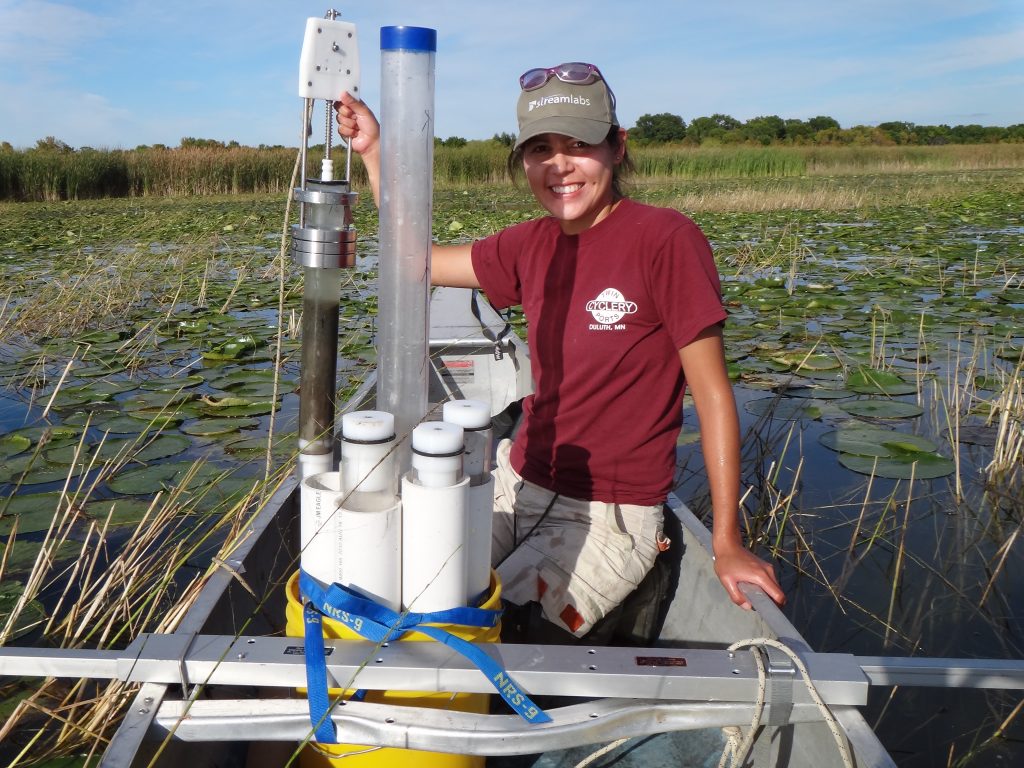
My name is June Sayers. In August 2022 I’ll be finishing up my M.S. Earth & Environmental Science-Hydrogeology at the University of Minnesota-Twin Cities. I’ve been on a project called Kawe Gidaa-naanaagadawendaamin Manoomin (first we must consider wild rice). It’s a collaborative project that works with several tribes and inter-tribal agencies in Minnesota and Wisconsin. During the summer we also have undergraduate researchers in the Research Experience for Undergraduates (REU) that help out on this project. There are several field sites on reservation land and ceded territory. My role in this project as a graduate student is to monitor hydrological conditions to better understand how groundwater upwelling in lakes or rivers can have an effect on the Manoomin health. Our tribal partners are invaluable in sharing traditional ecological knowledge (TEK) and history on these field sites. I’m half Ho-Chunk Nation and half Red Lake Band of Ojibwe. I’m an enrolled member of the Red Lake Band of Ojibwe. To be a part of this Manoomin project has great meaning to me. Manoomin is a sacred food to the Ojibwe. It is the reason that Ojibwe people migrated 800-1000 years ago from the northeastern part of the country to the Great Lakes Region. The Ojibwe people started having visions and prophecies about an invader from the sea was coming and to follow the Western sky to the land where the food floats on water (Manoomin). I’m working toward helping preserve what’s left of Manoomin. I enjoy being able to give back to my Native community and to be in service of all people.
Graduate: Brad Evrates, University of Minnesota Duluth
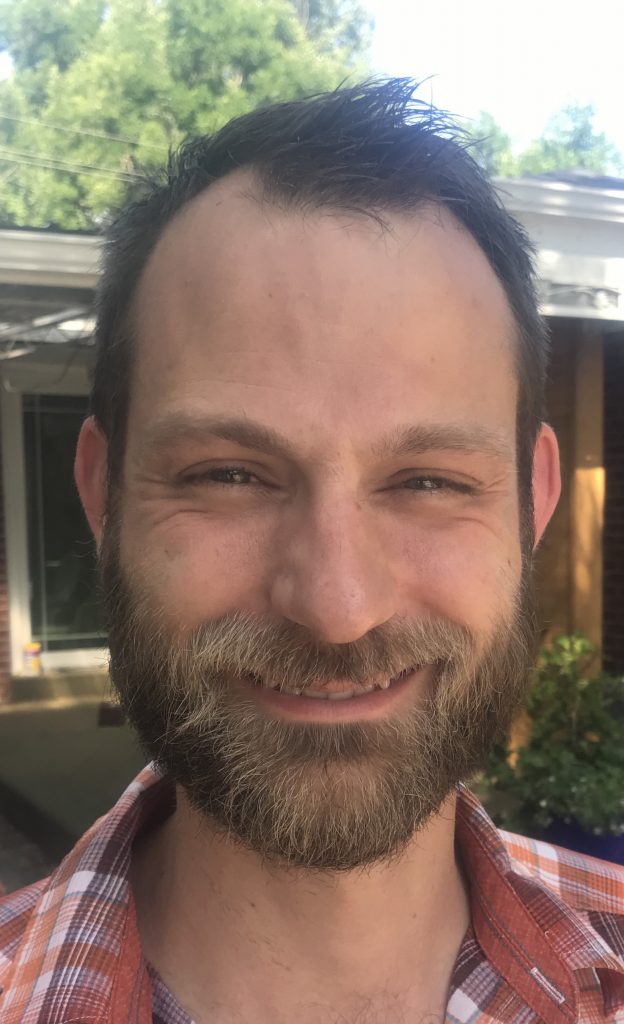
I am a first-year masters student studying water resources science at the University of Minnesota – Duluth. I am interested in in hydrogeology and groundwater for two main reasons. First, I have a masters in geology from the University of Idaho where I studied paleoclimate and fluvial sedimentary geology. After receiving my masters in geology, I worked for eight years as a petroleum geologist. I spent most of my petroleum geology career describing and mapping the geologic properties of sedimentary rock reservoirs that impacted the flow of hydrocarbons and water through those reservoirs. I want to leverage my strong understanding of designing data collection programs and mapping subsurface geologic units to manage and protect groundwater. Second, I grew up in eastern Wisconsin working on a dairy farm but never gave much thought to the impact of agriculture on our groundwater. Since I moved away the intensity of dairy farming has expanded rapidly in an area with thin soils over fractured bedrock, and now over 30% of the private water wells in the county are contaminated to levels unsafe for consumption.
Nationwide, millions of dollars have been spent on channel realignment stream restoration projects, particularly to improve trout habitat. My thesis research is part of larger study that will assess the effectiveness of channel realignment stream restoration projects on improving stream ecology and providing trout habitat. My research will focus on how channel realignment projects disturb the subsurface flow of water in a stream system by disrupting the heterogeneity present in natural alluvial stratigraphy. I seek answers to two main questions: 1. Does restoration impact the residence time of shallow subsurface (hyporheic) flow and associated microbial activity; and 2. Does restoration impact the distribution and rate of deep groundwater flow into the stream and if so, what are the effects on local stream temperatures? I will use the funds to offset the costs of my research. This will include purchasing the thermal imaging camera to map stream temperature, materials for piezometers, and covering the cost of travel to and from the field locations.
MGWA is committed to developing a just, equitable, and inclusive groundwater community. Click on the button below to read MGWA’s full diversity statement.